One key difference between American plugs and plugs used in many other parts of the world, especially Europe, is that a lot of American plugs don’t have an earth (ground) pin. This can make people worry about safety, especially if they’re not used to the American electrical system. However, there’s a good reason why a lot of American plugs don’t have a ground pin, and knowing about the safety measures in the American electrical system can help put people’s minds at ease. Just because American plugs don’t have a ground pin doesn’t mean they’re not safe. It’s just a different way the devices are designed and the electrical system is set up.
A lot of American plugs don’t have a ground pin because they’re used with double-insulated devices that don’t need to be grounded. Also, the electrical system has things like polarized plugs and circuit breakers to help keep things safe.
Now, we’ll look at why American plugs don’t have a ground pin and what safety features make up for it.
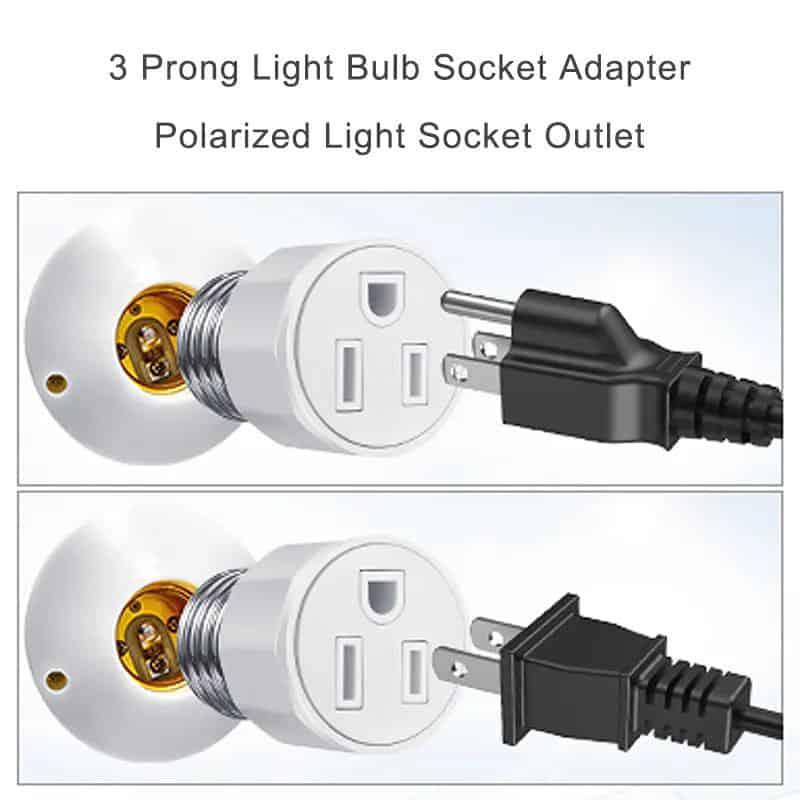
What is the Purpose of the Earth Pin?
To understand why some American plugs lack an earth pin, it’s important to first understand what the earth pin is designed to do. The earth pin, also known as the ground pin, is typically found on three-prong plugs. Its primary function is to protect users from electric shocks by providing a pathway for stray electrical currents to safely travel to the ground. In cases where an electrical fault occurs—such as a short circuit or a loose wire—the earth pin ensures that the excess current is directed away from the device and the user, preventing potentially dangerous situations.
In countries that widely use earthed plugs, such as many European nations, the ground pin is an essential safety feature. It helps prevent electric shocks, fires, and other hazards by creating a direct connection to the earth. But the question arises: if grounding is so important, why do many American plugs not have an earth pin?
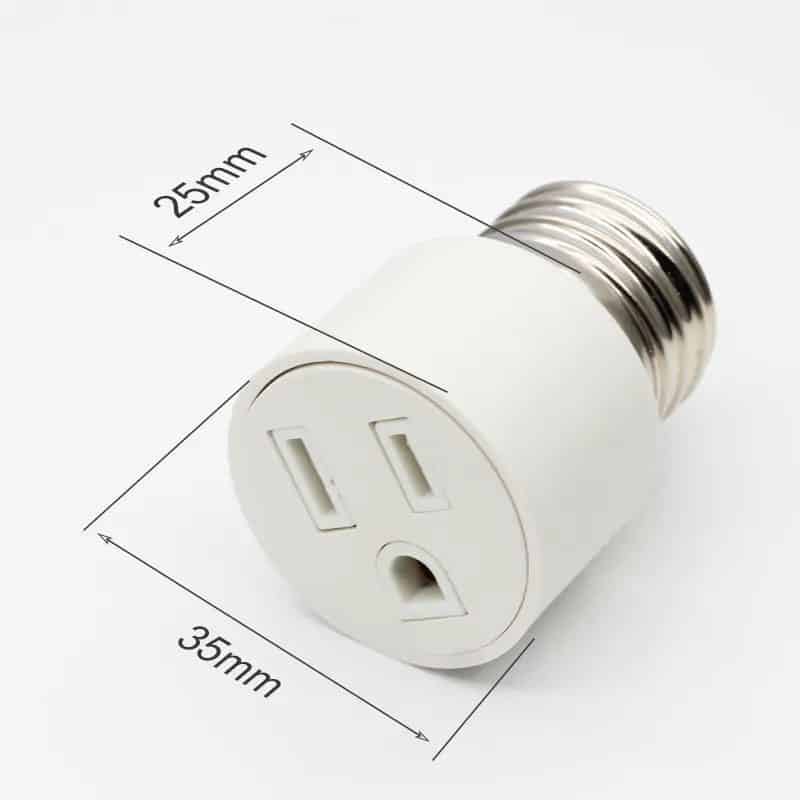
Double-Insulated Devices in America
The absence of an earth pin on many American plugs can be explained by the widespread use of double-insulated devices in the United States. Double insulation is a safety design used in many modern appliances, where two layers of insulation protect the electrical components from coming into contact with the device’s outer casing. This design effectively prevents users from coming into contact with live parts, making the need for an earth connection less critical.
Double-insulated devices are marked with a symbol of a square inside a square and are common in the U.S. for small, low-power appliances like phone chargers, radios, and kitchen gadgets. Since these devices are designed to be inherently safe, they do not require a ground pin for extra protection. The two-prong plug is sufficient because the double insulation ensures that any electrical faults are contained within the device, preventing electric shocks or fire hazards.
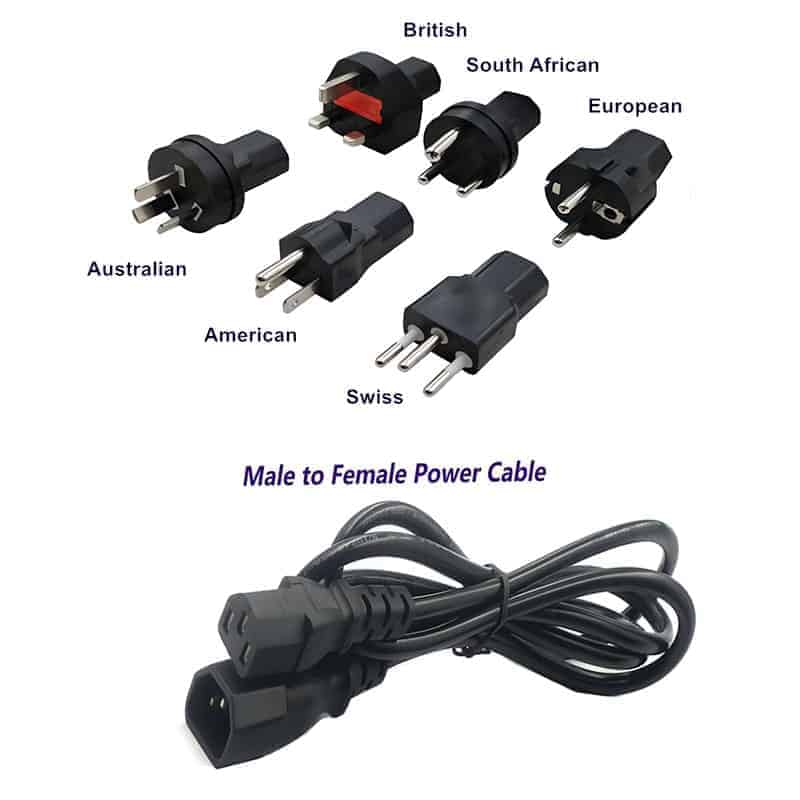
Safety Systems in the U.S. Electrical Network
Although many American plugs lack an earth pin, this doesn’t mean they lack safety features. The U.S. electrical system includes several layers of protection that compensate for the absence of grounding in some plugs. One of the key safety features found in many American plugs is polarization. Polarized plugs have two prongs, but one is slightly wider than the other. This design ensures that the plug can only fit into the outlet one way, which helps prevent wiring errors that could lead to electrical faults. By controlling how the electrical current flows into the device, polarized plugs offer an added layer of safety.
In addition to polarized plugs, the U.S. electrical network is equipped with circuit breakers and ground fault circuit interrupters (GFCIs). Circuit breakers protect the entire home by shutting off power when they detect an electrical overload or short circuit. GFCIs, commonly found in bathrooms, kitchens, and outdoor outlets, protect specific circuits by shutting off the power when they detect even small imbalances in the current, such as when electricity might be escaping to a water source or a person. These safety systems provide crucial protection, even when the plug itself lacks an earth pin.

When Grounded Plugs are Still Used in the U.S.
Despite the prevalence of two-prong plugs, grounded three-prong plugs are still commonly used in the United States for certain types of appliances and electrical systems. High-power devices, such as refrigerators, ovens, air conditioners, and power tools, often require a three-prong plug with a ground pin to safely handle the higher electrical loads and prevent potential electrical surges. For these devices, grounding is important because the risk of electrical faults is higher, and the current involved is much stronger.
The ground pin in these cases provides a failsafe mechanism to channel any excess electricity directly to the earth, ensuring that the device and the user are protected in case of an electrical fault. In fact, U.S. electrical codes require grounded outlets for many high-power appliances and in areas like garages, basements, and outdoor spaces, where the risk of electrical hazards is greater.
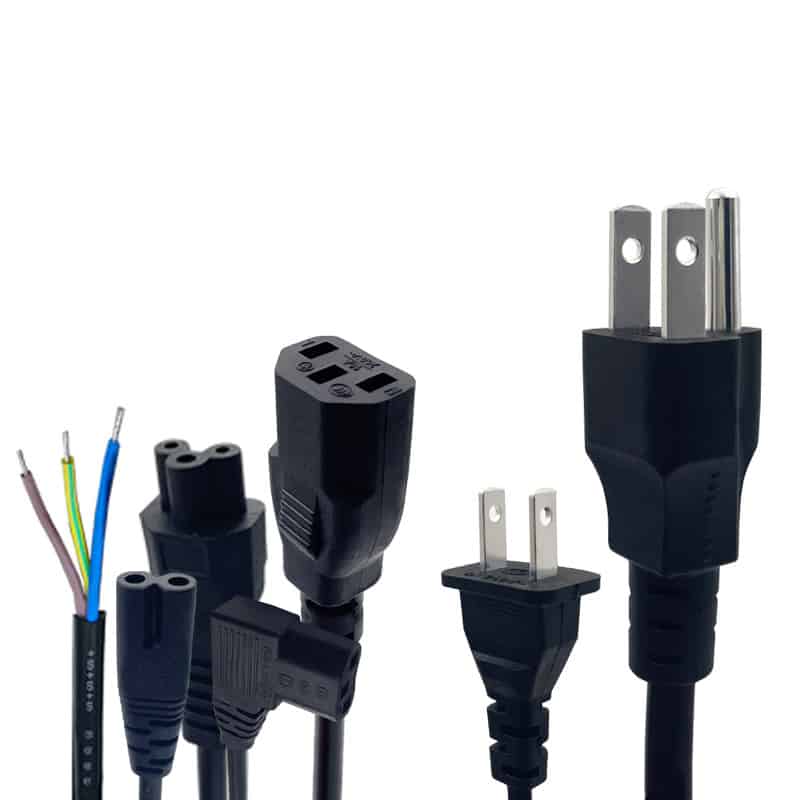
International Differences in Electrical Standards
One of the main reasons American plugs differ from those in other countries, especially in Europe, is the difference in electrical standards. While the U.S. uses a combination of two-pin and three-pin plugs, European countries rely more heavily on grounded three-pin plugs for almost all devices, regardless of power consumption. This difference stems from variations in safety regulations and voltage levels between the two regions.
In the United States, the standard household voltage is 120V, which generally poses a lower risk of severe electric shock compared to the 230V systems used in Europe. Because of this lower voltage, two-prong plugs are considered safe for many household devices that don’t require grounding. In Europe, where the higher voltage increases the risk of electrical hazards, grounding is considered more critical, which is why three-prong plugs are more common across all types of devices.
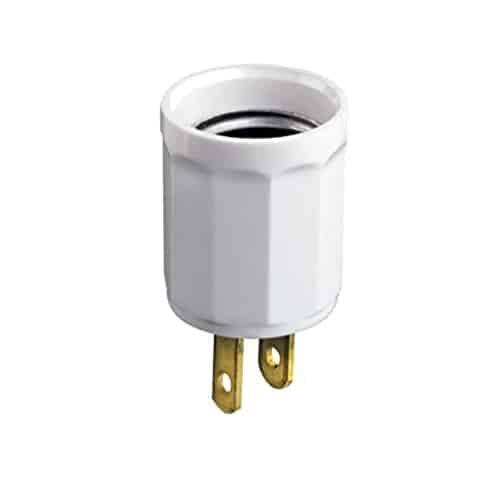
Final Words:
American plugs often don’t have a ground pin because of the widespread use of double-insulated devices and the extra safety systems in the electrical system in the United States, like polarized plugs, circuit breakers and GFCIs. Even though there’s no ground pin, the way the electrical system is designed means it’s still safe. For things that do need to be grounded, like big appliances, they still have three-prong plugs. Understanding these differences helps explain why American plugs look the way they do and lets people know they’re safe to use every day.













